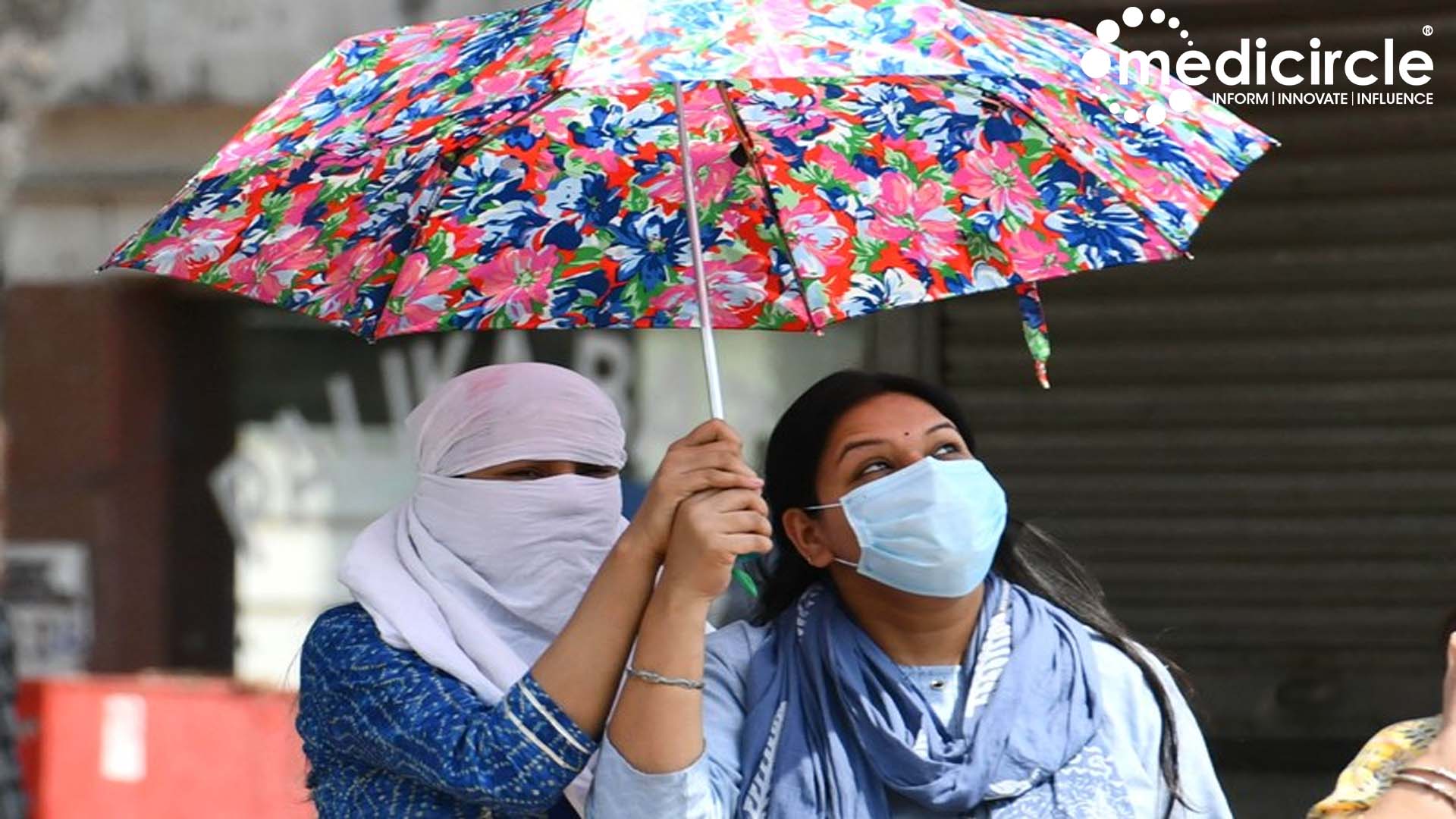In recent years, the escalating incidence of dengue fever in South Asian countries like India and Sri Lanka has not only emerged as a significant health crisis but has also dealt a severe blow to their economies. As researchers dive deeper into the economic repercussions of this mosquito-borne disease, the grim reality of its toll on both individuals and nations becomes increasingly evident.
Dengue fever, caused by the bite of an infected Aedes mosquito, manifests in various forms, ranging from mild flu-like symptoms to severe hemorrhagic fever, often leading to hospitalization and even death. The disease's impact extends far beyond its physical symptoms, affecting livelihoods, healthcare systems, and overall economic stability.
Statistics paint a grim picture of the disease's prevalence in the region. In India, nearly 95,000 dengue cases were reported in 2023, while Sri Lanka recorded over 80,000 cases by the end of 2022. These numbers highlight the urgency of addressing the dengue epidemic and mitigating its economic fallout.
The economic burden of dengue is multi-faceted, affecting individuals, families, and entire communities. Direct medical expenses, including hospitalization, medication, and diagnostic tests, strain household budgets, often pushing families into poverty. Moreover, indirect costs such as loss of income due to absenteeism from work exacerbate the financial strain on affected households.
Studies have shown that households affected by dengue spend a significant portion of their monthly income on medical treatment and related expenses. In Sri Lanka, for instance, households allocate up to three-fourths of their monthly income to dengue-related costs, highlighting the severe financial strain imposed by the disease.
The economic impact of dengue extends beyond individual households to sectors such as agriculture and industry. Labor-intensive industries experience reduced productivity due to absenteeism, further exacerbating the economic burden. Additionally, healthcare systems face immense pressure in managing the influx of dengue patients, diverting resources from other essential services.
Efforts to alleviate the economic burden of dengue require a comprehensive approach, encompassing prevention, treatment, and research. Public health education plays a crucial role in raising awareness about dengue prevention measures, including vector control and environmental cleanliness.
Investments in research and development are essential to develop effective treatments and preventive measures for dengue. International collaboration is key to sharing knowledge, resources, and best practices in dengue control and management. Initiatives such as using Wolbachia-infected mosquitoes to reduce dengue transmission show promise and should be explored further.
The fear of dengue permeates communities, highlights the urgent need for action. By prioritizing prevention, investing in research, and fostering collaboration, we can work towards reducing the economic burden of dengue and safeguarding the health and well-being of individuals and nations alike.

 Investments in research and development are essential to develop effective treatments and preventive measures for dengue across the globe .
Investments in research and development are essential to develop effective treatments and preventive measures for dengue across the globe .


















.jpg)















